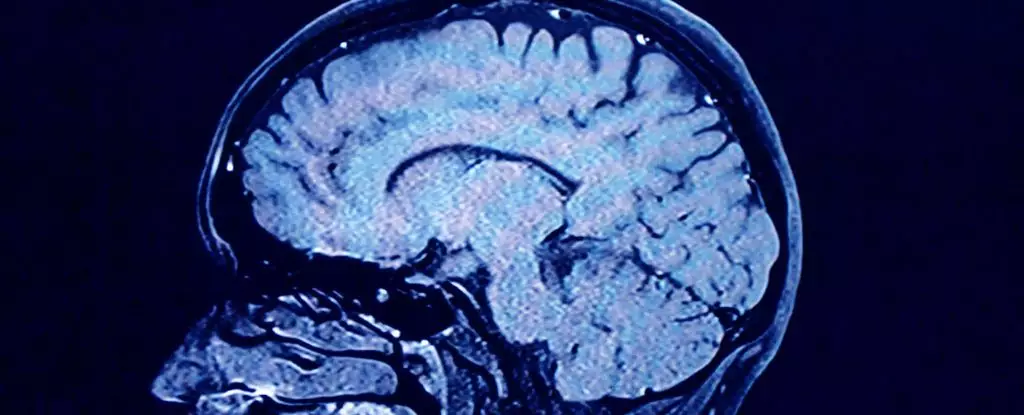As the world continues to grapple with the aftermath of the COVID-19 pandemic, a significant concern has emerged: long COVID. This condition affects approximately 5–10% of individuals who have contracted the virus, presenting symptoms that persist for three months or longer. Although much effort has gone into understanding the underlying mechanisms that contribute to long COVID, there is growing consensus among researchers that the phenomenon may largely be attributed to the continued presence of the virus in the body. This article endeavors to delve deeper into the implications of viral persistence and its role in long COVID, examining the evidence that supports this hypothesis while contemplating future directions for research and therapeutic interventions.
Viral persistence refers to the phenomenon where remnants or even live forms of a virus remain in the host’s body for extended periods, potentially causing ongoing health issues. As initial studies suggested, SARS-CoV-2, the virus responsible for COVID-19, has been found to linger within various tissues and organs even after the acute phase of the infection has resolved. This observation raises pertinent questions: Is it live virus that remains, and could it be responsible for the chronic symptoms that characterize long COVID?
Understanding whether it is the live virus or just its remnants present within the body is essential. The distinction is not only notable for treatment considerations — as live virus can be targeted with antiviral therapies while viral fragments cannot — but it also informs our understanding of the ongoing transmission risk and potential for new variants to emerge.
Compelling evidence supports the idea that persistent viral presence contributes to long COVID. Recent studies published in journals such as Nature have documented instances where individuals with mild COVID-19 symptoms continued to shed viral genetic material long after the initial infection. This viral RNA shedding is indicative of an active infection and correlates with an increased risk of developing long COVID symptoms.
Further studies have detected replicating viral RNA and proteins even in the blood months after initial infection, suggesting that the virus may be sequestered in hidden reservoirs throughout the body. This prolonged presence enables the virus to maintain a foothold, leading to potential ongoing symptoms and complicating recovery efforts.
A significant study that investigated the tissue distribution of viral RNA found persistent viral presence in a range of sites within the body, particularly in the gastrointestinal tract. These findings implicate the potential for long-term viral reservoirs to be contributors to the diverse and sometimes debilitating symptoms associated with long COVID.
Despite the strength of the cumulative evidence, definitive proof that live virus capable of replication survives for years in the host remains elusive. The challenge lies in the difficulty of isolating the virus from deep tissues or blood reservoirs, which has stymied more concrete conclusions. However, the weight of existing studies appears to bolster the notion that prolonged viral infection, or “long infection,” is a significant factor in the long COVID narrative.
Given this premise, researchers are advocating for an expedited approach to testing existing antiviral medications for effectiveness in treating long COVID. This shift could revolutionize patient care and management and highlights the necessity for clinical trial initiatives that explore innovative therapeutic avenues, including repurposed medications like metformin.
The assertion that long COVID may stem from ongoing infections has far-reaching implications. It holds the potential to shift public perception and professional understanding, ultimately fostering increased awareness regarding the importance of preventing re-infection. Understanding that each subsequent COVID-19 infection—including reinfections—could elevate the risk of long COVID could help motivate both individuals and societies to practice more stringent preventive measures.
Awareness campaigns should emphasize that long COVID spans all demographics, impacting not just those at high risk for severe initial disease. Interestingly, research indicates that younger adults, particularly those aged 30 to 49, experience a substantial burden from long COVID.
Continued emphasis on mitigation strategies—such as improving indoor air quality, maintaining social distancing, utilizing well-fitted masks, and staying informed about vaccinations—remains crucial in reducing exposure risks. Vaccines have already shown effectiveness in diminishing long COVID incidence and other consequential health issues.
As the medical community seeks to understand and address long COVID, embracing the concept of viral persistence may unlock new treatment pathways and preventive strategies. While there remains hope for groundbreaking therapies and even a potential cure, increased awareness of these underlying mechanisms is essential. Clinicians must be equipped to recognize and validate patient concerns, advocating for necessary treatments and services.
The journey towards understanding and treating long COVID continues, necessitating an evolution in both research focus and healthcare policies to combat this complex and far-reaching phenomenon.

